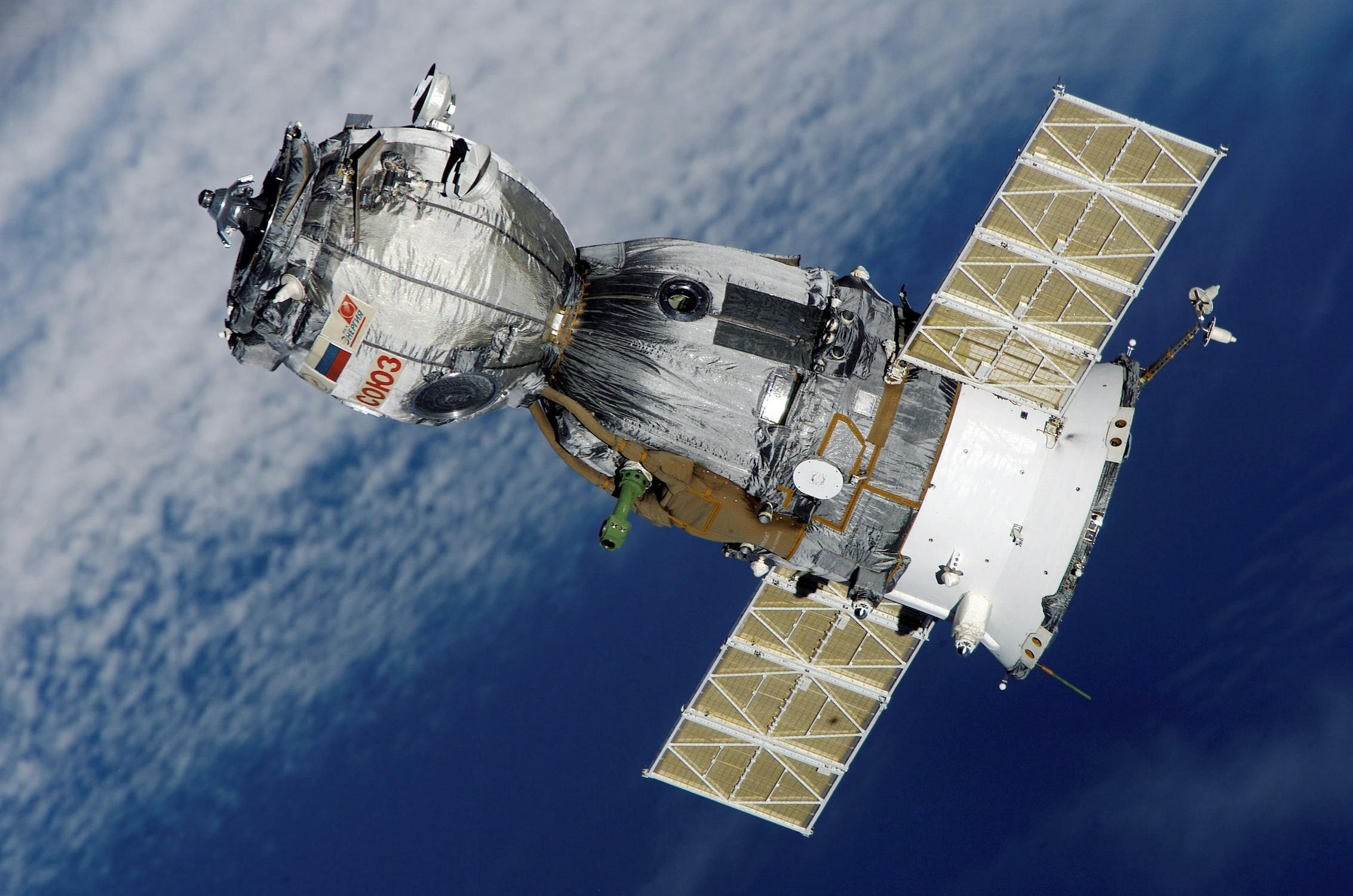Environmental monitoring plays a crucial role in managing our natural resources and tackling sustainability challenges. The tools used for monitoring have advanced greatly in recent years. You are living through an exciting time of transformation in this field, made possible by leaps in remote sensing technologies. This article explores some of these innovative sensing tools and how they revolutionize our tracking of environmental changes.

What are Remote Sensing Tools?
Remote sensing tools allow us to understand the environment without touching it. They are technologies to monitor the environment from a distance through imagery and sensor data. Unlike direct sampling, remote sensors can capture measurements over large or difficult-to-access areas rapidly without costly field teams.
For example, a satellite passes over a rainforest, taking heat measurements that indicate recent deforestation activity. Or a drone equipped with cameras maps coastal erosion. The data that remote sensing tools gather can be analyzed to spot concerning trends for habitats, water bodies, land changes, and more. These emerging capabilities are crucial for sustainability efforts as we grapple with a growing population and climate crisis.
Remote sensing allows us to track wide-scale ecosystem shifts efficiently so we can better respond to risks. With so much territory to watch, innovative monitoring from afar provides a lifeline for environmental protection.
Traditional Monitoring Methods and Their Limitations
When it comes to keeping an eye on environmental conditions, existing approaches have posed some hindrances. Traditional techniques have fallen short in critical areas. Let’s examine the major pain points:
Challenges with Ground-Based Methods
Conducting fieldwork like site visits and surveys to collect data consistently over large geographic areas was highly time-consuming and labor-intensive. It required many personnel traveling to assess conditions physically. Additionally, specific remote or dangerous locations were practically inaccessible to field teams. Ground-based efforts could only provide snapshot observations at particular points in time and had limited spatial coverage across a region.
Constraints of Early Satellite Sensing
Satellite sensors from earlier platforms generally provided low-resolution imagery with pixels that covered large physical areas on the ground. This made it difficult to detect subtle changes or monitor small-scale shifts in things like habitat extent or water quality. Acquired satellite photos were also susceptible to weather interference like cloud cover. The images then needed to be downloaded, processed, and analyzed, resulting in delays before the data could be used to study environmental patterns.
Infrequent Monitoring Cycles
Both ground-based and satellite methods at the time could only collect information periodically, whether that be weeks, months, or even years between visits or image capture. This intermittent monitoring meant rapid or critical environmental developments unfolding between observations may have gone undetected.
Narrow Measurement Focus
Traditional techniques mainly centered around land cover analysis but did not necessarily measure the whole variety of important indicators related to issues like pollution, species presence, or infrastructure condition. More holistic assessments were needed.
Recent technological innovations in remote sensing tools have helped to address these restraints, enabling more advanced remote monitoring, as will be explored next.
Recent Advancements in Remote Sensing Tools
The following advancements are enhancing the capabilities of remote sensing for environmental monitoring:
Hyperspectral Imaging
Hyperspectral sensors detect much narrower sections of the light spectrum than ordinary digital cameras or multispectral satellite instruments. They can distinguish over 200 spectral wavelengths in the visible, infrared, and near-infrared regions. This allows hyperspectral cameras to detect subtle pigment variations in vegetation, minerals present in soil compositions, and water pollutants not discernible to the human eye.
Detailed hyperspectral datasets provide a wealth of biophysical and biochemical information not obtainable before. Scientists can identify specific tree species or map invasive plant distributions more accurately. Coastal managers can better track harmful algal blooms or oil spills damaging fragile ecosystems. The enhanced detection capabilities enable more sensitive monitoring and informed decision-making.
Lidar (Light Detection and Ranging)
Lidar systems capture precise depth measurements by connecting laser scanners to aircraft or drones that spray laser pulses and record their reflections. This renders highly detailed 3D representations of terrain and vegetation structure with resolution under 10 centimeters. Lidar mapping overcomes earlier limitations of intermittent data collection. Entire landscapes can now be surveyed and monitored continuously over time.
Combined with hyperspectral data, lidar echoes enable sophisticated classification of ecosystems and habitats based on both spectral and structural attributes. Scientists can derive detailed models of foliage heights and density, land contours, river topography, and watershed divides. They can also quantify agriculture yields, biomass volumes, flood risks, and coastal erosion over time.
Unmanned Aerial Vehicles (UAVs)
Unmanned aerial vehicles (UAVs), more commonly known as drones, provide another innovative monitoring tool. Equipped with cameras and hyperspectral or thermal sensors, drones can now collect data autonomously over areas that were historically difficult to access from the ground or aircraft. UAV technology makes it feasible to monitor danger zones, conflict regions, or sensitive habitats far more frequently and safely.
Some key benefits of environmental monitoring with UAVs include very high-resolution imagery (less than 5 cm pixels), customizable flight paths across user-defined locations, and rapid deployment time compared to satellite overflights. Researchers can pinpoint zones requiring additional investigation and more frequently track improvements or deterioration that traditional methods missed. Drones also reduce labor costs since they need no on-site personnel during flight missions.
Radar Remote Sensing
This microwave imaging system can penetrate cloud cover and darkness, with radar signals reflecting back based on surface texture and structure. Radar operates day and night, providing frequent monitoring capabilities unhindered by light or weather. Its unique sensitivity helps distinguish soil composition, above-ground biomass, and subsurface phenomena through forest, crop canopy, and dry soil.
Synthetic aperture radar (SAR) further sharpens this all-environment perception via advanced processing. Radar assists vital disaster response efforts — detecting flooding beneath the foliage and guiding damage assessment after wildfires, landslides, or earthquakes. For long-term land change detection, differentiating small-scale human and natural habitat impacts has become more achievable with radar advancements.
Machine Learning and Artificial Intelligence
Sophisticated algorithms are taking environmental remote sensing to new frontiers. Machine learning trains sensor platforms to classify earth surface materials and objects with reliability matching or outpacing human analysts. Meanwhile, AI integrates and processes exponentially growing data volumes at staggering speeds to reveal obscure patterns. Together, they enable accomplishing in hours what took months before — mapping biomass carbon stocks, tracking species range shifts, or assessing landscape changes over decades.
We now have more intelligent algorithms, steering sensors, cleaner data with noise and bias removal, and augmented analysis for finding anomalies. Machine learning even forecasts disaster and disease outbreak risks by detecting early indicators. With computation power now amplifying remote sensing capabilities, environmental intelligence is scaling up to inform strategic decisions in real-time.
Conclusion
Remote sensing technologies are transforming how we understand and protect the natural environment. With improved satellite imagery, aircraft sensing, drones, and more robust data capabilities, we can monitor ecosystems in higher fidelity over more expansive areas. These advanced monitoring tools should increasingly enable conservation and bring vital progress to global sustainability efforts.



![Motorola Moto G9 Play opinions, is it worth it? [2021]](https://techunwrapped.com/wp-content/uploads/2021/02/1462-motorola-moto-g9-play-02-e1612435021334.jpg)